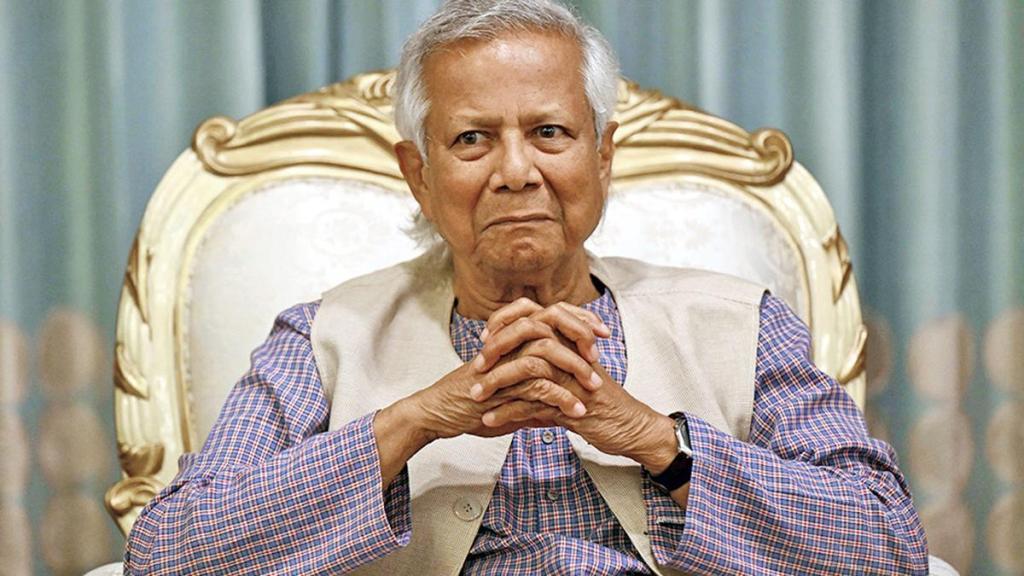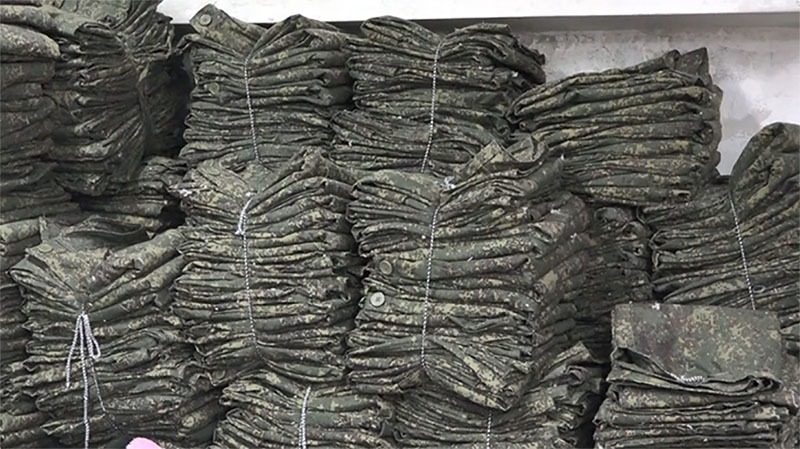An alarming revelation from Bangladesh has sent ripples through Indian intelligence and security agencies after over 50,000 combat uniforms—linked to the terror group Kuki-Chin National Front (KNF)—have been seized from a clandestine manufacturing unit in Chittagong in the past fortnight, raising red flags over a possible larger, coordinated plan threatening the stability of India’s northeast region. The seizure was made by the Bangladesh Army.
According to intelligence agency sources, the discovery, which the Chittagong Metropolitan Police reportedly attempted to suppress, only came to light a week later. Despite the staggering scale of the operation, senior Bangladeshi police officials have remained conspicuously silent, citing “orders from above” when pressed for clarity—adding to suspicions of a deeper, politically protected network at play.
Indian intelligence circles are increasingly concerned, especially given the demographics. The Kuki-Chin community in Bangladesh comprises barely 100,000 individuals, including women and children, spread across multiple small ethnic groups. The KNF, known to draw its armed cadres primarily from the Bom sub-group, is estimated to have no more than 10,000–15,000 potential fighters—raising a critical question.
Indian intelligence agencies are trying to find the answers to questions like: Why were 50,000 combat uniforms manufactured—nearly five times the number of potential combatants? Who is the intended recipient of these uniforms? And more importantly, who is financing such an operation that would cost upwards of Rs 3.5–4 crore (4–5 crore BDT)?
Signs of a broader proxy war emerge
Indian strategic analysts are increasingly viewing this as more than a domestic insurgency issue within Bangladesh—it appears to be the embryonic stage of a well-financed proxy war, potentially guided by external forces with regional or even global stakes.
The KNF’s growing militant influence is especially worrisome for India due to the deep ethnic linkages the group shares with communities in Mizoram and Manipur, both sensitive northeastern border states. In Myanmar, the same communities are known as Chin, forming a tri-junction of identity-based insurgency that transcends borders.
Intelligence reports have confirmed that the KNF has been training and arming members of Jamaa’tul Ansar Fil Hindal Sharqiya (JAFHS)—a newly formed Islamic extremist outfit that emerged from the convergence of operatives from Ansarullah Bangla Team (ABT), Neo-JMB, and HuJI during coordinated jail meetings in Dhaka.
The convergence of ethnic separatist groups like KNF and radical Islamist outfits like JAFHS signals a dangerous fusion of identity-based extremism and religious terrorism, creating a volatile hybrid threat for India’s eastern flank.
The KNF first drew attention in May 2023 when two Bangladesh Army soldiers were executed in Bandarban, an act attributed to the group. Following the incident, security agencies revealed that the KNF had conducted combat and operational training for JAFHS recruits as early as October 2022 in the Chittagong Hill Tracts (CHT)—just across the Indian border.
This alarming partnership between a local ethnic militia and jihadist networks has forced Indian agencies to revise threat assessments for the Northeast, particularly in Mizoram, where external players could exploit tribal sympathies.
Indian observers are now raising difficult questions:
• Was the entire plan to destabilize the region and prepare the ground for proxy warfare under the cover of an “interim government”?
• Was KNF merely a front, with a regional or global sponsor operating from behind the curtain?
• Who would have been the on-ground pawns of this new great game in South Asia?



